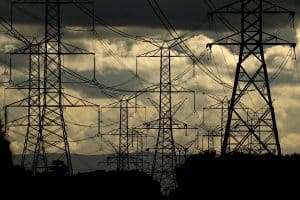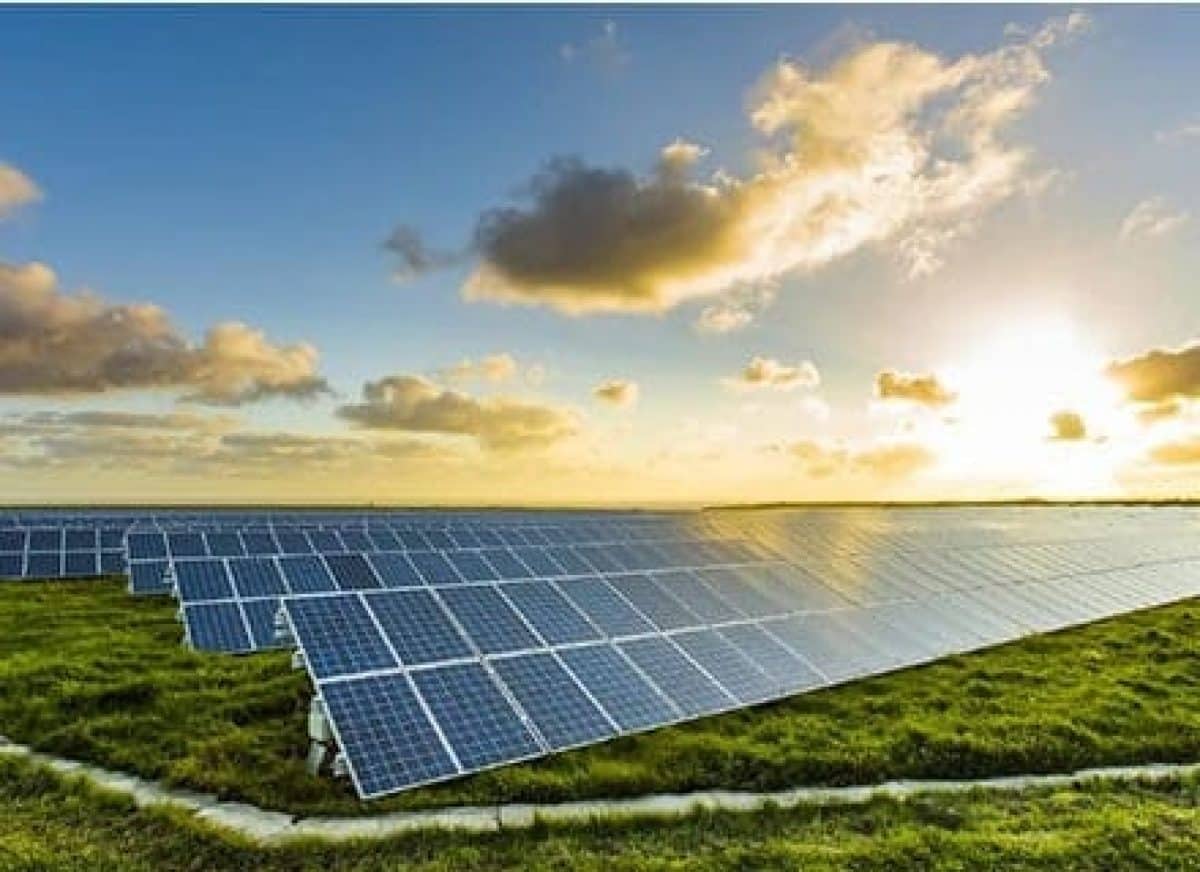With over 3.6 million solar PV installations in Australia, solar farms have seen a noticeable increase. Solar energy accounts for a significant portion of the nation’s clean energy generation, and some of the biggest solar farms are in Queensland (QLD), New South Wales (NSW), and Western Australia (WA). Indeed, the land down under has become the hotspot for solar farm development. Beyond its environmental benefits, what drives the profitability of solar farms in Australia?
In February, Canberra farmers showed how they are profiting from renewables. Farmers for Climate Action released a survey that showed widespread support for renewables in their regions. The survey was conducted on 687 residents across central QLD, Hunter, and Illawarra.
Data suggests that the average income generated by a solar farm in Australia can vary depending on its size and location but can range from $1,500 per hectare per year for land leasing to significantly higher figures for solar farms selling electricity directly to the grid.
The poll revealed the biggest threats to farming, which are:
- Increased fires and floods / Climate change
- Commercial operations by big supermarket chains
- Rising costs of insurance and fertiliser
- Construction of transmission lines on farmland
The residents believe that tourism, renewable energy, and healthcare employment are the biggest opportunities for their localities in the next two decades. Farmers are making good money from renewable projects, especially during drought.
Wind companies are currently offering around $40,000 per turbine per year, and many farms host turbines while they still farm sheep and cattle. Solar companies are offering $1,500 per hectare per year rent while allowing farmers to continue running their sheep under the panels. On this note, sun and wind are modern commodities enabling farmers to make a lot of money.
Factors that influence solar farm profitability

Considering that solar farms are a booming sector in the nation, many farmers are looking at them as a way to reduce their energy bills, become more sustainable, and earn extra income by selling electricity back to the grid.
However, some factors influence the profitability of a solar farm, such as:
- Cost of installation and maintenance: The initial capital for solar panel installation and ongoing maintenance costs significantly impact the profitability of solar farms. Technological advancements and economies of scale have driven down installation costs in recent years, making solar more competitive with traditional forms of electricity generation.
- Technological advancements: Related technologies affect energy output and revenue generation. The continual advancements in solar technology enhance the overall profitability of solar farms by maximising energy production.
- Land and location: The right land selection and location are vital to ensure maximum sunlight exposure and energy output. Land availability, terrain, suitability, and proximity to existing infrastructure influence project feasibility and profitability.
- Regulatory and legal framework: Regulatory policies and permitting processes can facilitate or hinder solar farm development. Favourable regulatory frameworks like feed-in tariffs (FiTs) incentivise investment and cultivate profitability. However, uncertainties in regulation and bureaucratic hurdles can risk project timelines and financial returns.
- Financing options and capital availability: Access to financing and the availability of capital significantly impact the feasibility and profitability of solar projects. Various financing options, such as Power Purchase Agreements (PPAs), tax incentives, grants, and loans, play vital roles in project financing and revenue streams. Large-scale Solar Certificates (LGCs) are another revenue stream for solar farms. These certificates are created for each megawatt-hour of renewable energy generated and can be sold to retailers or other entities to meet their renewable energy targets.
Understanding the solar energy landscape is crucial in working through these factors to mitigate risks and optimise profitability. Successful solar farm projects combine technological innovation, strategic planning, and favourable market conditions to thrive in Australia’s renewable energy market.
Solar farm rental income vs. solar farm ownership
The direct way to profit from a solar farm is through a long-term payment of rent for land usage. However, developing, financing, and operating your solar farm can be costly and involve significant risks, which is why professionals should handle it.
For those intending to pay and own the solar farm outright, consider who will buy the energy produced by the solar farm. Owning a solar farm is ideal for those with large facilities with high energy demands during the day. In some cases, you and an organisation enter a PPA wherein a deal is made with a major energy user or an electrical retailer to sell them the power your solar farm generates.
And there is the option to sell it on the National Electricity Market (NEM) and inject it into the Australian grid. For those on Australia’s east coast or part of smaller grids in the country, there’s the option of skipping the regulatory processes and trying the open or unregulated market. However, this strategy carries a bigger risk.
Impact of recent energy price volatility

Australia’s energy market has experienced significant volatility recently, with prices reaching record highs. This presents a unique situation for solar farms. While traditionally, solar farms rely on long-term contracts or feed-in tariffs (FiTs) for stable income, these volatile prices can potentially influence profitability in two ways:
- Short-term gains: During high energy prices, solar farms selling electricity to the spot market could significantly boost their income. This is because the higher market price translates directly to higher revenue for the electricity they generate.
- Long-term uncertainty: However, the current volatility also introduces uncertainty for future planning. Solar farms with fixed-price contracts may squeeze their profit margins if energy prices remain elevated. Additionally, the changing market dynamics might impact the future of FiTs and other support mechanisms.
Overall, the recent volatility in energy prices presents a mixed bag for solar farms. While short-term gains are possible, long-term planning becomes more complex. This situation highlights the importance of a diversified revenue stream and flexible business models for solar farms to navigate the evolving energy market.
Australia’s solar farm sector presents a compelling opportunity for clean energy generation and economic gain. While installation costs and regulations influence profitability, technological advancements and favourable market conditions drive the industry forward.
Recent energy price volatility adds a layer of complexity but also highlights the potential benefits of solar farms for a more secure and sustainable energy future. Ultimately, the success of solar farms hinges on a combination of strategic planning, technological innovation, and navigating the evolving energy landscape.
Energy Matters has been in the solar industry since 2005 and has helped over 40,000 Australian households in their journey to energy independence.
Complete our quick Solar Quote Quiz to receive up to 3 FREE solar quotes from trusted local installers – it’ll only take you a few minutes and is completely obligation-free.













































